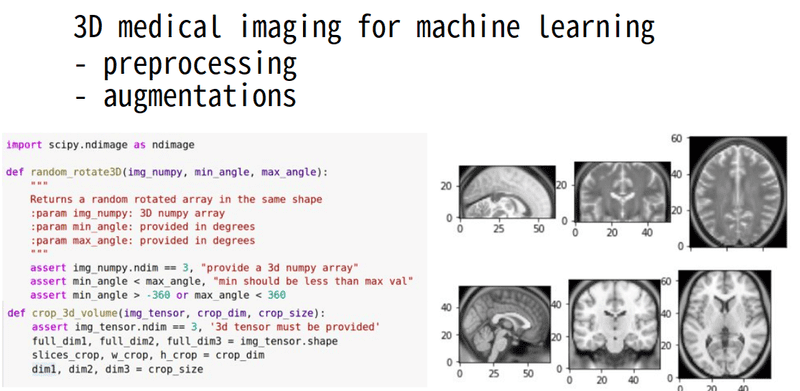
AMD Epyc Embedded Processor
AMD brought its highly respected EPYC server processors into the embedded market a few years ago. After the acquisition of Xilinx, AMD’s push in the embedded market has become even broader, with a full embedded product portfolio beyond microprocessors. Continuing its embedded push, AMD introduced its latest 5nm, Zen 4 Epyc processor to the embedded market at Embedded World in Nuremberg, Germany. The primary markets for the company’s multi-core processors are embedded networking, security/firewall systems, cloud and enterprise storage systems, and industrial edge servers.
The Epyc Embedded processor series is comprised of 10 models with options ranging from 16 to 96 CPU cores. The various offerings include single and dual-socket processors, with a thermal design power (TDP) profile ranging from 200W to 400W. These are high-performance embedded processors, with a range of price, power, and performance options. Clock speed range from base frequency of 2.4GHz to 3.25GHz (boost clocks up to 4.15GHz)
The AMD Epyc processors split the functionality into different die. The CPU cores and cache memories are on chiplets manufactured with TSMC’s advanced 5nm process technology. The I/O functions are consolidated into another 6nm die that connects the CPU die to DRAM memories, PCIe lanes, and other I/O. The use of two different die types allows each die to be manufactured with the most appropriate process node. The AMD EPYC Embedded processors are built with up to 12 CPU dies, each with up to eight cores each.
While the Epyc Embedded processors are like those sold as main datacenter processors, the embedded versions do offer some specific features for the embedded market for improved reliability and system longevity. Because AMD uses a multichip/chiplet approach to building the Epyc server line, it can customize for the embedded market through a different I/O hub chip, while maintaining the consistent Zen 4 CPU chips.
The Epyc Embedded processor versions offer a Non-Transparent Bridging (NTB) which enhances system reliability by enabling data exchange between two redundant CPUs. The embedded processors also support the Non-Volatile Dual In-Line Memory Module (NVDIMM1), which is a hybrid memory DIMM consisting of both volatile DRAMs and non-volatile Flash memory. NVDIMMs can retain data after a system power failure or reset by quickly saving DRAM contents to the Flash memory in the DIMM before powering down. The Epyc Embedded processor has dual Serial Peripheral Interface (SPI) interfaces that can connect to two off-chip ROMs for secure boot. The Epyc Embedded processor has 32 Gbps I/O lanes that can be used as PCIe Gen5, SATA, CXL, or xGMI interfaces for flexibility. AMD plans to offer these products for an extended time frame, up to 7 years, because embedded designs have longer life cycles than the typical server design.
The Zen 4 core introduces new instructions designed to advance artificial intelligence, machine learning, and high-performance computing workloads. These include BFLOAT16 data format support and Vectorized Neural Network Instructions (VNNI). The full set of AVX-512 instructions is also implemented.
AMD offers driver packages for Windows Server and Linux.
Epyc Customer testimonials
AMD also had two customers to provide testimonials for the Epyc Embedded processor. Siemens Is using the new Epyc Embedded 9004 series processors in its SIMATIC IPC RS-828A server. The Siemens system is designed for a wide range of industrial and infrastructure applications, including automotive manufacturing, 5G base stations, IoT public clouds, and video processing systems.
The second public customer design win is Advantech’s new ASMB-831 server board, which is designed for image processing applications including industrial robotic vision and security surveillance systems that use facial recognition.
Conclusions
AMD is leveraging the success in data center servers to build a series of high-performance embedded processors for a variety of markets. The AMD Epyc Embedded 9004 Series processors are sampling now with production shipments expected in April of 2023. These embedded processors are an example of how AMD is expanding its Total Available Market (TAM) to reduce its exposure to the PCs and data center markets.
Tirias Research tracks and consults for companies throughout the electronics ecosystem from semiconductors to systems and sensors to the cloud. Members of the Tirias Research team have consulted for AMD, Intel, Nvidia, Qualcomm and with other companies throughout the Embedded, PC and AI ecosystems.




